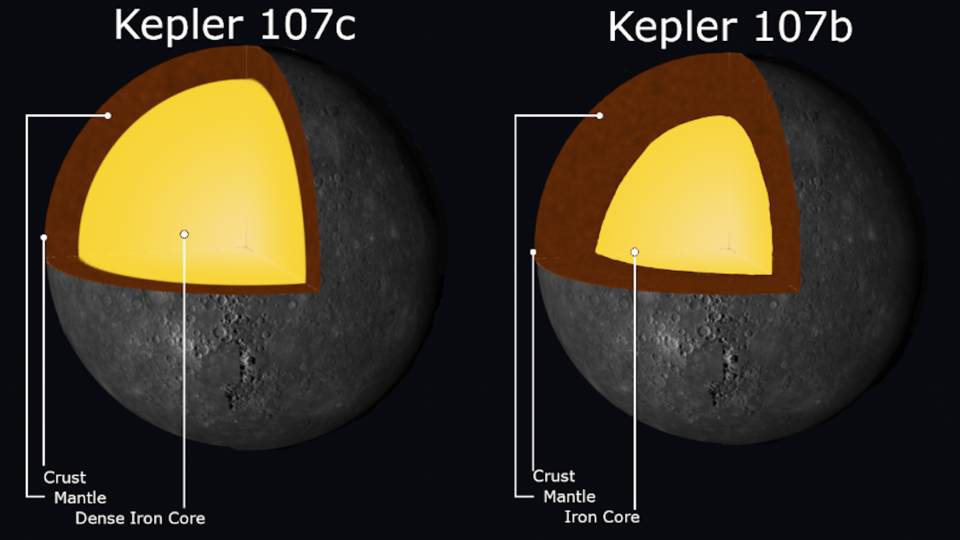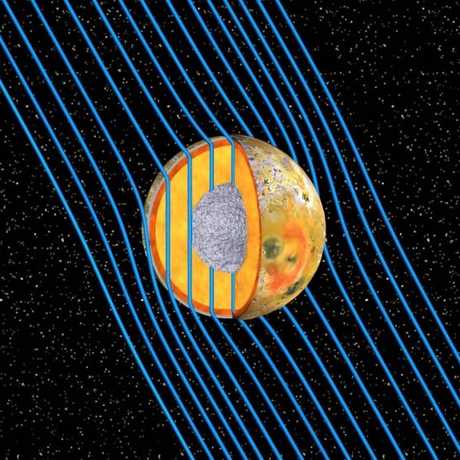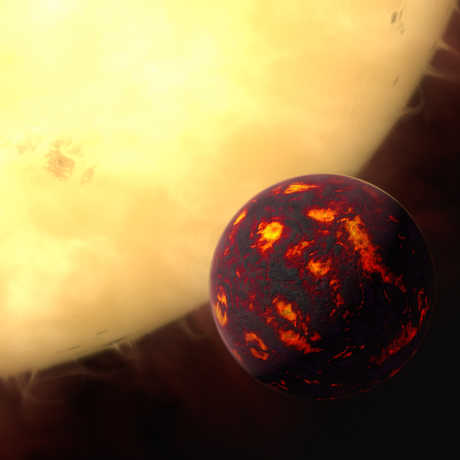Each month, renowned astronomers share their latest research at Morrison Planetarium.
Universe Update
Mismatched Twins

The origin story of the Kepler 107 system may have been terrifically violent. Researchers from Osservatorio Astrofisico di Torino, Harvard University, and a bunch of other places believe that the extrasolar system hosted a planetary smashup powerful enough to create two strange twin exoplanets. Although they are similar in size, these twins are very different on the inside (where it counts).
Kepler 107 is home to four planets (Kepler 107b, c, d, and e), all in tight orbits around their parent star; they orbit closer than Mercury does to our sun. Three of the exoplanets are super-Earths, and the numerous authors of the recent Nature article note that these large, rocky planets can come in many different forms, from sub-Neptunian to massive rock planets. Their differences can result from many different factors (protoplanetary disk mass, star type, collisions, solar storms, etc). In the case of the two rocky super Earths (Kepler 107b and Kepler 107c) closest to the star Kepler 107, the formative years would have been anything but gentle.
Both planets orbit super close to their star, orbiting in under a single Earth week.
Both planets are almost identical in size (around 1.5 - 1.6 times the radius of the Earth).
The key difference? Kepler 107c is weirdly dense. I don’t mean that as an insult. Kepler 107c is literally more than double the density of Kepler 107b, which means that, although it is the same size, it packs more than twice the mass into a similar volume.
How did astronomers even figure this out? Researchers at the Osservatorio Astrofiscio di Torino in Italy used the HARPS-N Spectrograph to measure changes in light coming the the Kepler 107 star. They noted that Kepler 107c was about the same size as Kepler 107b, but its gravitational influence on the parent star was greater. More gravitational influence requires more mass. If the two planets are the same size, but one is more massive, the more massive planet must be denser. But how could two planets so decidedly different in composition form in such proximity?
This difference probably wasn’t caused by the stellar irradiation post-planet-formation. It couldn’t be stellar irradiation, stellar X-ray, and/or (Xxxxtreme) UV flux, because then the planet closer to the star (Kepler 107b) should be the denser planet. A giant collision event seems more plausible.
Simulations suggest that two planets, each 10 times more massive than the Earth, could have produced Kepler 107 b and c. When these supersized worlds smashed together, the collision could have stripped off the less dense silicate mantle, forming the key ingredients of Kepler 107b, while most of the dense iron core remained in the planet we’ve dubbed Kepler 107c. That being said, this story is just one idea that seems to fit the facts—a post-collision attempt at reconstructing the formative events of the two planets.
Even so, this potential backstory is intriguing in itself, and future observations like this could help us better understand how similarly dense planets (such as Mercury) come to form.


